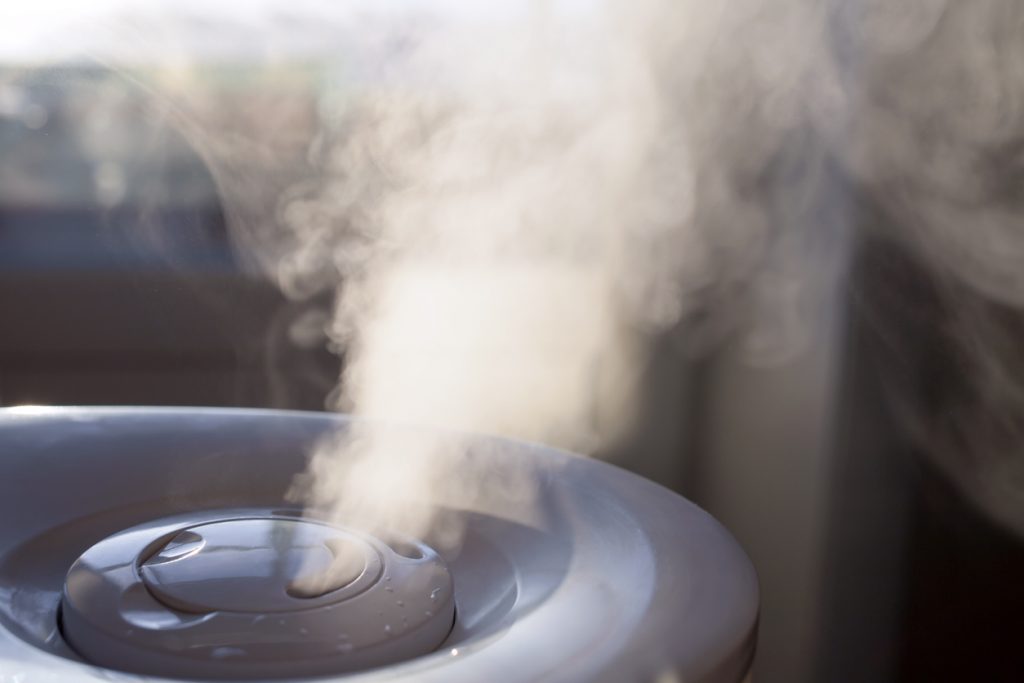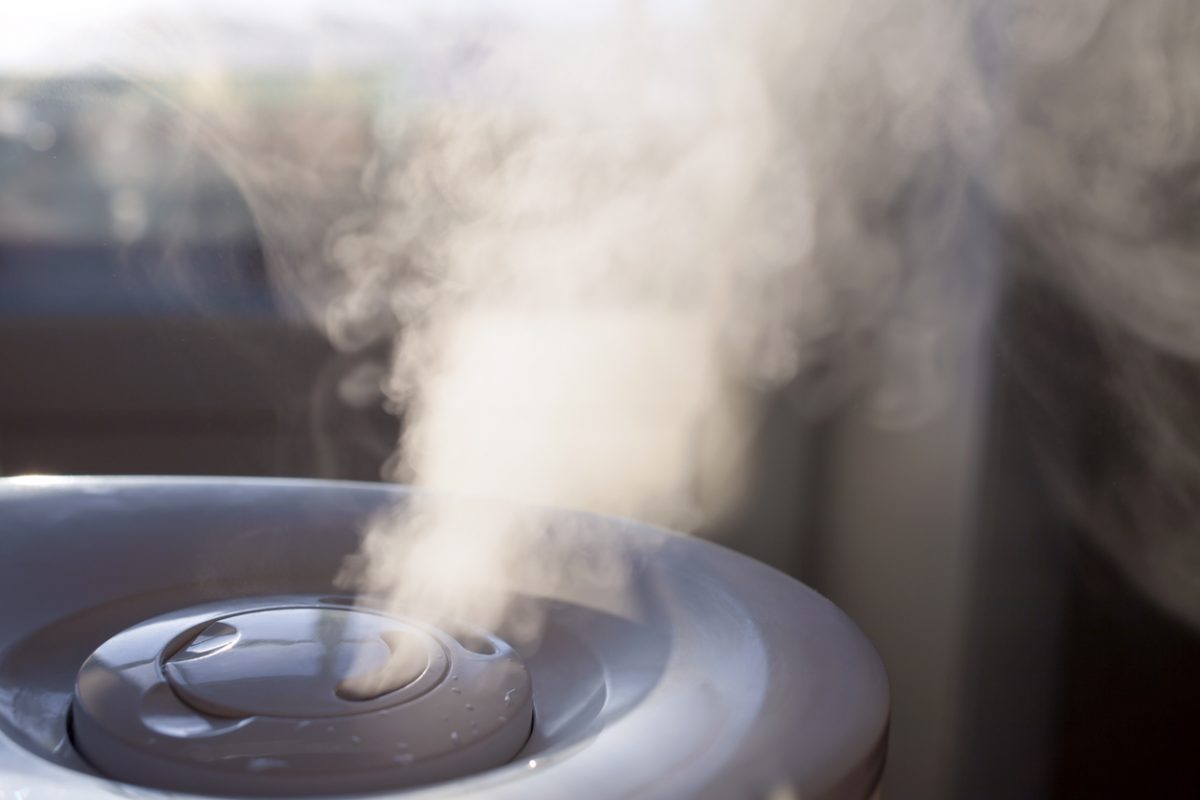
If you need another reason to dislike winter, dry winter air is a good one. It can dry out your nasal passages, which can make it tougher to bounce back from a stuffy nose. The dry air can aggravate asthma symptoms and cause dry skin. Over time, it can also damage your wooden floors and furniture and hurt the health of your houseplants.
Clearly, if you can offset the dry air, you should. And a humidifier is your go-to appliance for balancing out the air in your home as you count the days until spring. If you are shopping for a humidifier, there are a few things to consider while you’re making your choice. We spoke with Lynne Hammell, marketing director at AHAM member Kaz, which manufacturers Vicks and Honeywell brand humidifiers, for guidance.
Size of the room
If you have an idea of where you’re going to primarily use your humidifier, it’s important to know the size of your room. If you buy a humidifier that’s too large for the space, you’ll not only make the room uncomfortably humid, but also create an environment favorable to mold and mildew. Too small, and your humidifier won’t be able to adequately humidify the space. Humidifiers designed for larger spaces will have larger water tanks.
Check the labeling of the humidifier, which should have information about how big a space the model is made for. Know the square footage of your room and choose the model that’s appropriate for the space.
Warm vs. cool
Appliance manufacturers produce humidifiers that can put out either warm or cool humidity. Your choice is largely a matter of personal preference, but the American Academy of Pediatrics recommends using a cool-mist humidifier for children who are suffering from colds and the flu. However, both warm and cool-mist humidifiers will increase the humidity in your home.
Filter or no filter?
Filtered and filter-free humidifiers will both humidify the air. A filtered model will remove minerals from water before the water is put into the air. However, the filter will need to be changed regularly, possibly every 1-2 months.
Filter-free models, obviously, don’t require changing filters. But, you may notice an accumulation of minerals, possibly as a fine white dust, on the outside of a filter-free humidifier. However, some models come with demineralization cartridges, which need to be replaced periodically.
You’ll probably also notice a difference in the way filtered and filter-free humidifiers put moisture into the air. Filtered models are evaporative and use a fan to put humidified air into the room. Filter-free models put a visible mist directly into the air.
Maintenance and care
All humidifiers, whether warm or cool, filtered or filter-free, require regular cleaning and maintenance. Before you buy, take a look at the models you’re considering and think about how easy they might be to clean. Do they have detachable parts that can be placed in a dishwasher? Are there narrow openings that might be difficult to clean? You’ll need to wipe down the inside of the tank regularly, so make sure the humidifier you choose has an opening large enough to reach inside. Keep
The cleaning process will vary depending on the model, but in general, it’s a two-step process that involves descaling and disinfecting. Descaling breaks down any minerals that may have accumulated on the humidifier. Disinfecting will kill any germs that have built up. You’ll need bleach for disinfecting, vinegar for descaling, plus a cloth or brush. Follow the cleaning instructions in your humidifier’s use and care manual.
Keeping the humidifier clean is even more important if you’re using it to ease a cold, allergies or asthma, as a dirty dehumidifier can put contaminants back into the air.
It’s a humidifier, not a diffuser
People sometimes confuse humidifiers with essential oil diffusers. Never put anything but water into a humidifier. Oils or other substances can damage the humidifier’s tank and mechanical parts. Diffusers, which tend to be much smaller than humidifiers, and are designed to accommodate oils.


